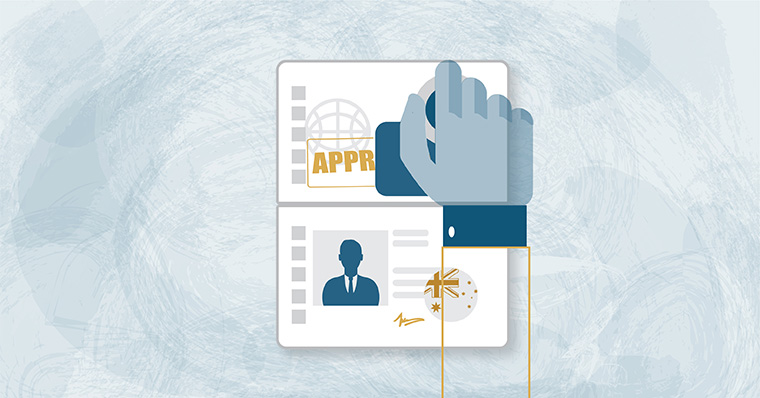
(This transcript has been lightly edited for clarity)
Tell us a little about yourself
My name’s Sam Hopwood. I’m the managing director of Sable International Australia and I’m a registered migration agent. I have worked in the migration industry for the past 15 years. I started my career working for the business in London, then I have been based in our Melbourne office for the past 10 years.
What are the first things I should do before starting the Australian visa application process?
I meet with a lot of people who have never been to Australia, but have decided they want to go live there. One of the first things that I recommend people do, if they haven’t done it, is come visit Australia. I usually ask people: Have you been to Australia before? Do you know anything about Australia? Do you have friends in Australia? Touch base with those people and start doing your research, perhaps even before you look at a visa type.
How do I choose the right visa?
There are a lot of visas available and it makes people’s heads spin as to where they start and what they should choose. It’s very difficult for someone who’s not familiar with immigration law to decide on the most appropriate visa. Everyone wants to go and read all the literature – a good starting point – but eventually you need to talk to someone who’s versed in the law. Someone who understands it and who can apply it to your particular circumstances.
The most popular visa in the general skilled migration category and what everyone in the past five or more years has been trying to qualify for is the Skilled Independent Visa (Subclass 189). It’s the most popular because it gives everyone the freedom and flexibility to live and work anywhere they want in Australia. However, with the popularity of the visa comes some challenges and not everyone can qualify.
What I’m recommending to a lot of clients at this point in time is to be flexible and perhaps consider other options, which might get them to permanent residency at a later date.
What common mistakes do visa applicants make?
People make mistakes in visa applications because often it’s the first time they’ve ever made one. If it’s not something you do on a day-to-day basis, then chances are you’re probably going to make a mistake. A common mistake is timing – people do things out of sequence. For example, getting their medicals and police checks far too early in the process. These documents can expire by the time the application is ready to be decided, so they have to redo them. This incurs further costs and administration.
People can make much more expensive errors like mistakes on application forms and on factors within their application, which then can’t be substantiated at a later date and results in refusals. There’s simple errors and then there’s catastrophic errors.
If I want to work in Australia, which visas should I be looking at?
Some visas have full and unrestricted work rights, while others have partial work rights.
You should be choosing a visa to suit your purpose, so if you’re coming to Australia to work for an employer for example – specifically one particular employer – then you’ll need an employer-sponsored work visa, which allows you to work for that particular employer. If you’re coming as a student you’ll be restricted – you’ll only be able to work for 20 hours a week. If you’re coming as a permanent resident, then you’ll have full and unrestricted rights to work in Australia. Most visas which allow people to reside in Australia for a long period of time, and certainly all permanent residency visas, allow people to work.
Which visas will allow me to bring my family to Australia?
Most visas allow you to include a family member on your visa application. Dependant family members, people who are what we refer to as “members of the family unit” are included on your application. They’re secondary dependant applicants. The primary applicant usually has to satisfy the core criteria and dependant family members sit on the back of the application. They’re included in the application form, they pay a fee which is usually less than the primary applicant and they’re processed alongside the primary applicant.
Do dependants ever need to apply for their own visa?
Dependant family members are included in applications along with the primary applicant, so it’s not often that a dependant family member will make an application outside of the initial primary applicant.
It happens from time to time if a primary applicant moves to Australia first. A dependant family member might make a subsequent application at a later date, but ordinarily they’ll be included on the same subclass of visa that the primary applicant is making.
